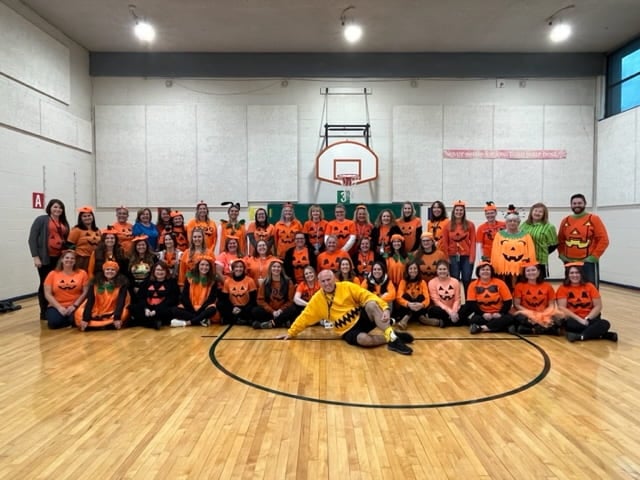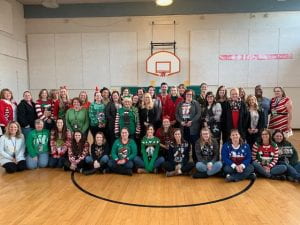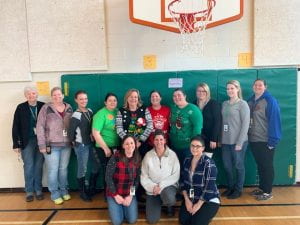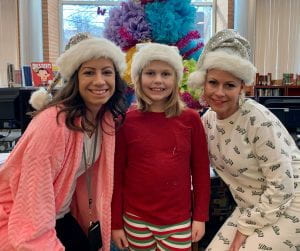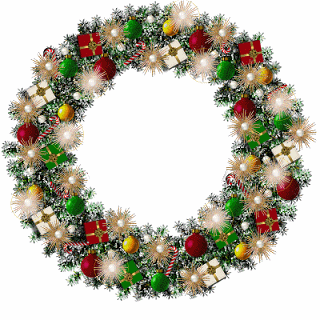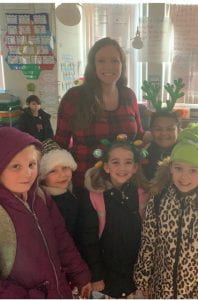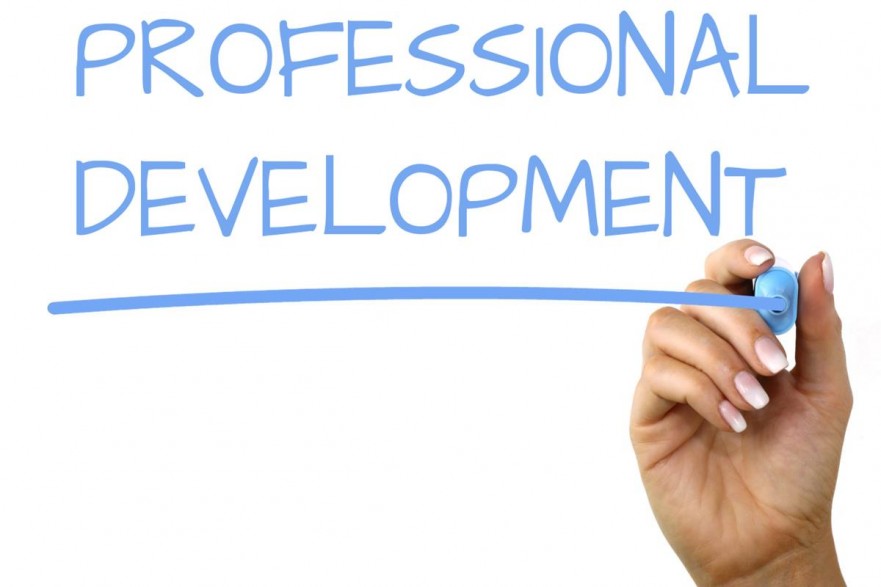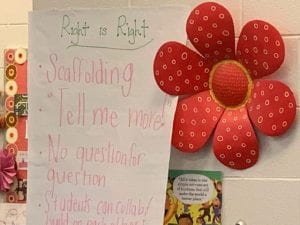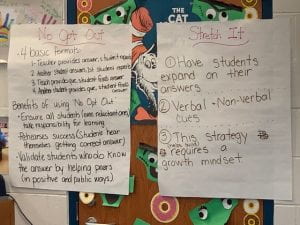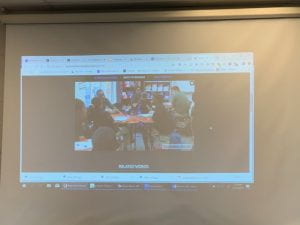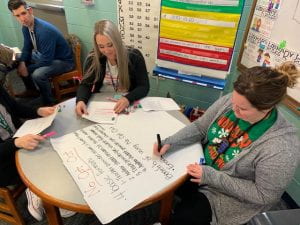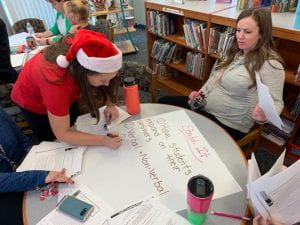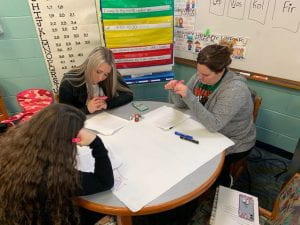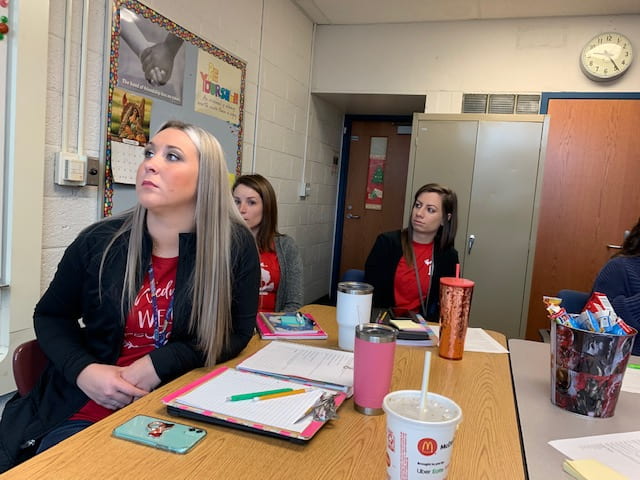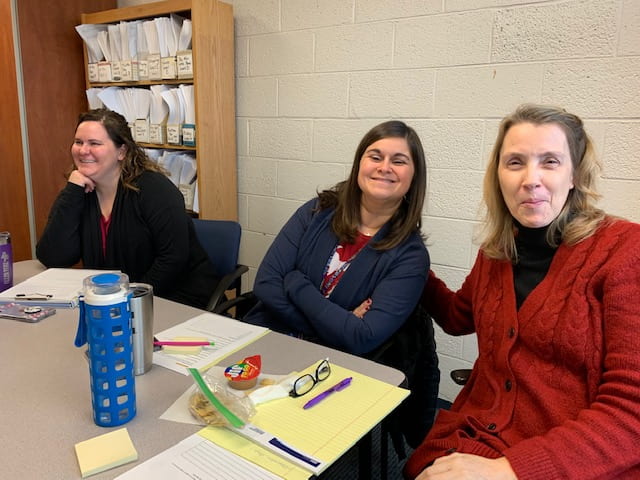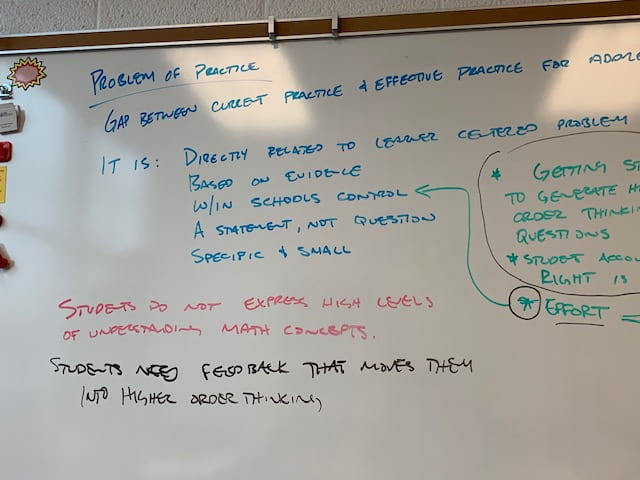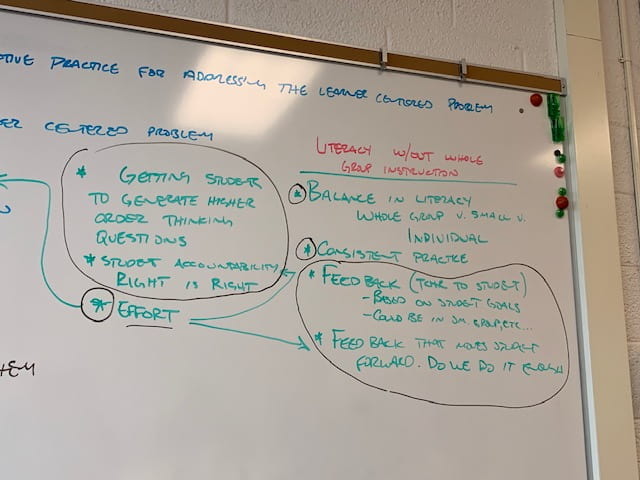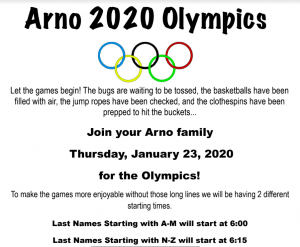Coming soon to Arno…

Christmas Break Dec. 21-Jan 5

Jan 6, 2020
Class Resumes
Jan 7
No events
Jan 8
Super Cougar Pizza
PTSA Reflections District 6:30
Jan 9
SEO (Soc emo committee) meeting 4;00
Jan 10
No events
Jan 13
PTA Food drive begins
Ad Council 9:00
4:00 PBIS coaches at Bennie
Jan 14
BAS 5th Grade
Jan 15
BAS 4th Grade
SIP 7:50
Jan 16
BAS 3rd grade
Staff Meeting 7:50
Jan 17
Mother/son Night 6:30
ARNO VISION
ARNO ELEMENTARY WILL PROVIDE A SYSTEM OF SUPPORT TO EMPOWER
AND INSPIRE STUDENTS TO BECOME COLLABORATIVE LEARNERS
THAT STRIVE FOR ACADEMIC EXCELLENCE
Merry Christmas!
Have a very Merry Christmas and a restful break. We have certainly had our interesting moments to end 2019 this year, but looking at it all- it was amazing to see how cohesive the entire staff is, one big caring family looking out for one another on many levels- what a special place Arno truly is! Heading into 2020, this couldn’t be a better combination of talent and caring individuals to help our kids focus on their learning, where success is job #1!
Many Christmas Blessings! Cheers!
Congrats Megan! Outstanding Educator
The annual Founder’s Day Awards were announced at this month’s PTA meeting. Congratulations to all our winners! The award winners will attend a banquet in their honor in February where they will be recognized for their accomplishments.
Congratulations to our Founder’s Day Winners!
Business Partner: Get Movin Crew (Fun Run)
Outstanding Program: Book Fair- Nicole Adkins and Jackie Brown
Distinguished Service Award: Stacy Sisson
Outstanding Educator: Megan Schultz
Strategy PD
Thank you so much for a productive afternoon last week on deep diving into our new strategies in relation to our learner centered problem. Enjoy some pics
Instructional Rounds
On Wednesday, December 4, the upper el teachers (Emilie, Erin, Ciara, Megan, Lindsay, Sarah, Beth, Steve) participated in a professional development day using instructional rounds. We met with Dr. Tafelski in the morning to learn about the strategy and the procedures. The group then observed four classrooms and made notes that they turned into sticky notes. The sticky notes were divided into three categories:
Checking for understanding by – prompting, organization, student participation
At the end of the day we used the charts to answer the concluding question to the instructional rounds strategy, with the help of Dr. Tafelski. Here is our answer:
If you were an Arno Cougar and did everything you were expected to do, you would be able to demonstrate your learning in the following ways:
- Use prior knowledge
- Provide peer to peer feedback
- Collaborate
- Create products
- Solve problems
- Use graphic organizers
Our goal for this week is to share this information with staff and reflect on what we learned. Our goal for the future is to work together as a staff to encourage higher order thinking by students. Some strategies the group suggests using are:
- Use No-Opt Out
-
Right is Right
- Stretch It (strategies to use when asking questions)
Strategies for discussion at January staff meeting
- Set reading goals that extend beyond literal
- Clearly state expectations and goals
- Provide time and space to review and provide feedback
- Have students demonstrate learning in a variety of ways
- Scaffold (I do, we do, you do)
- Provide stems for peer to peer feedback
DATA QUESTION TO REFLECT ON THIS WEEK:
After ________ days of focused instruction, what will confirm for us that the required learning has occured?

Coming soon…
Mindfulness at Christmas

5 Winter & Christmas Mindfulness Activities
1 – Breathe Like Santa
This is a fun activity that the younger students really enjoy! To help kids practice slow, controlled breathing, take a deep breath in, hold it for a moment, and slowly let it out with a slow, “Ho ho ho.” It feels silly at first, but this really helps kids feel their chests fall as they let the air go.

2 – Hear the Bells
Grab some jingle bells or handbells for an easy listening activity. Ask students to tune in to just the sound of the bells. Notice the vibrations of the sounds. Notice where they feel the bells in their bodies. And notice any feelings that come along with it!
3 – Settle the Snow Globe
Shake up a snow globe and watch it settle! Notice how the snow falls and glides. Notice the slow, gentle movement. Feel your body settle as the snow falls.
4 – Christmas Yoga
Any basic yoga sequence can be winter-themed with a little name change! Tree pose? Make that Christmas tree pose. Mountain pose? Make it a snowy mountain. A fold can be a candy cane pose. Get creative with it!

5 – Mindful Eating
Pick any holiday food for a mindful eating activity! Gingerbread cookies or candy canes are perfect. Encourage students to notice the texture, the taste, and the crunch of the food. Notice where on their tongues they taste each flavor. Enjoy every little bite!

CHRISTMAS SING-ALONG
We will gather everyone in the gym on Dec. 16th at 2:30 for the Christmas sing-along as Jeff leads us in Christmas cheer.
Neuroscientists have identified how exactly a deep breath changes your mind

By Moran Cerf
Kellogg School of Management, Northwestern University
Breathing is traditionally thought of as an automatic process driven by the brainstem—the part of the brain controlling such life-sustaining functions as heartbeat and sleeping patterns. But new and unique research, involving recordings made directly from within the brains of humans undergoing neurosurgery, shows that breathing can also change your brain.
Simply put, changes in breathing—for example, breathing at different paces or paying careful attention to the breaths—were shown to engage different parts of the brain.
Humans’ ability to control and regulate their brain is unique: e.g., controlling emotions, deciding to stay awake despite being tired, or suppressing thoughts. These abilities are not trivial, nor do humans share them with many animals. Breathing is similar: animals do not alter their breathing speed volitionally; their breathing normally only changes in response to running, resting, etc. Questions that have baffled scientists in this context are: why are humans capable of volitionally regulating their breathing, and how do we gain access to parts of our brain that are not normally under our conscious control. Additionally, is there any benefit in our ability to access and control parts of our brain that are typically inaccessible? Given that many therapies—Cognitive Behavioral Therapy, trauma therapy, or various types of spiritual exercises—involve focusing and regulating breathing, does controlling inhaling and exhaling have any profound effect on behavior?
This recent study finally answers these questions by showing that volitionally controlling our respirational, even merely focusing on one’s breathing, yield additional access and synchrony between brain areas. This understanding may lead to greater control, focus, calmness, and emotional control.
The study, conducted by my post-doctoral researcher, Dr. Jose Herrero, in collaboration with Dr. Ashesh Mehta, a renowned neurosurgeon at NorthShore University Hospital in Long Island, began by observing brain activity when patients were breathing normally. Next, the patients were given a simple task to distract them: clicking a button when circles appeared on the computer screen. This allowed Dr. Herrero to observe what was happening when people breath naturally and do not focus on their breathing. After this, the patients were told to consciously increase the pace of breathing and to count their breaths. When breathing changed with the exercises, the brain changed as well. Essentially, the breathing manipulation activated different parts of the brain, with some overlap in the sites involved in automatic and intentional breathing.
The findings provide neural support for advice individuals have been given for millennia: during times of stress, or when heightened concentration is needed, focusing on one’s breathing or doing breathing exercises can indeed change the brain. This has potential application to individuals in a variety of professions that require extreme focus and agility. Athletes, for example, have long been known to utilize breathing to improve their performance. Now, this research puts science behind that practice.
Beyond studying the ability of humans to control and regulate their neural activity volitionally, the study was also unique in that it utilized a rare method of neural research: directly looking inside the brains of awake and alert humans. Typical neuroscience studies involving humans use imaging techniques (i.e. fMRI or EEG) to infer the neural activity in people’s brain from outside the skull. But studies involving electrodes implanted in humans’ brains are rare. The ability to look inside the humans’ brains allows us to study thinking, deciding and even imagining or dreaming by directly observing the brain. The study subjects in our work were patients who had electrodes implanted in their brain as part of a clinical treatment for epilepsy. These patients were experiencing seizures that could not be controlled by medication and therefore required surgical interventions to detect the seizure focus for future resection.
Given that detection requires the patient to have a spontaneous seizure in order to identify the exact seizure onset location, which can take days, the patients are kept in the hospital with electrodes continuously monitoring their brain activity.
The research findings show that the advice to “take a deep breath” may not just be a cliché. Exercises involving volitional breathing appear to alter the connectivity between parts of the brain and allow access to internal sites that normally are inaccessible to us. Further investigation will now gradually monitor what such access to parts of our psyche that are normally hidden can reveal.

TAKE A PEEK AT SANTA’S REINDEER
HTTPS://REINDEERCAM.COM/
TRACK SANTA WITH NORAD HELP
HTTPS://WWW.NORADSANTA.ORG/
Twelve Days of Christmas Sites
Here’s a collection of holiday and winter sites for kids and teachers that should help make your last week of school festive and productive, and give kids some fun places to go on those cold, wintry days.
1. Snow-Line
 In this über-popular game from Mini-Clip, your mission is to help Santa Claus collect the presents and get them ready for delivery on Christmas Eve. To do this, you need to draw a pathway of least-resistance, collect all the presents and finish at the checkered flag.
In this über-popular game from Mini-Clip, your mission is to help Santa Claus collect the presents and get them ready for delivery on Christmas Eve. To do this, you need to draw a pathway of least-resistance, collect all the presents and finish at the checkered flag.
EdTech Ideas: Although mostly fun, the rules of physics play a part here and students must think and plan out a pathway that does not defy gravity. Also a good game if you have students who have not completely mastered the mouse.
2. Santa Flibriks
 Here’s a challenging game from Kaboose which is kind of like a mash-up between Tetris and Concentration. In Santa Flibriks, students are to help Santa find the matching tiles without hitting the bottom of the game area.
Here’s a challenging game from Kaboose which is kind of like a mash-up between Tetris and Concentration. In Santa Flibriks, students are to help Santa find the matching tiles without hitting the bottom of the game area.
3. TheNorthPole.com
 Journey to the Northpole.com for loads of great activities for kids. Students can write letters to Santa, read stories, have stories read to them, create personalized stories and many other activities.
Journey to the Northpole.com for loads of great activities for kids. Students can write letters to Santa, read stories, have stories read to them, create personalized stories and many other activities.
EdTech Ideas: Beyond having students explore and learn with this site, there is the Elf Pal Academy, which connects teachers to a plethora of printable Google Docs geared to lower elementary students and English-language learners.
4. Ice Breaker RC
 Another great game from Miniclip. Your mission is to slice through the ice and save the frozen Vikings by getting them back to their longboat! You really have to contemplate and plan out your moves in this highly challenging game.
Another great game from Miniclip. Your mission is to slice through the ice and save the frozen Vikings by getting them back to their longboat! You really have to contemplate and plan out your moves in this highly challenging game.
5. Ultimate Winter Resources for Teachers
 There are tons of ideas, lesson plans, book activities, links to reprintable stories, teacher sharing ideas and more.
There are tons of ideas, lesson plans, book activities, links to reprintable stories, teacher sharing ideas and more.
EdTechIdeas: The Ultimate Winter Resources for Teachers would be a good place to start if you’re looking for winter inspiration.
6. Winter Mad Libs
 Who doesn’t like Mad Libs? Classroomjr.com has a collection of three winter Mad Libs, along with three Christmas Mad Libs, some winter word puzzles, Christmas math worksheets and some printable Christmas mazes that’ll keep students productive all winter break.
Who doesn’t like Mad Libs? Classroomjr.com has a collection of three winter Mad Libs, along with three Christmas Mad Libs, some winter word puzzles, Christmas math worksheets and some printable Christmas mazes that’ll keep students productive all winter break.
7. Norad Tracks Santa
 Each year, Norad tracks Santa by using four high-tech tracking systems: radar, satellites, Santa Cams and fighter jets. This site allows kids to watch as Santa is tracked while he delivers all of his presents. On Christmas Eve (but not before), students can click here to track his flight live in Google Earth.
Each year, Norad tracks Santa by using four high-tech tracking systems: radar, satellites, Santa Cams and fighter jets. This site allows kids to watch as Santa is tracked while he delivers all of his presents. On Christmas Eve (but not before), students can click here to track his flight live in Google Earth.
EdTech Ideas: Norad Tracks Santa is a great site to learn about geography and places around the world. Students could chart the stops in Google Maps, calculate distances and speed required to make all of the stops possible, write a creative story about his adventure, compare and contrast Santa’s trips in the past using population data . . . I could go on forever!
8. ABC Teach
 A great site for teachers, ABC Teach has downloadable bookmarks, border paper, word scrambles, coloring pages, some holiday book comprehension, holiday activity pages and more.
A great site for teachers, ABC Teach has downloadable bookmarks, border paper, word scrambles, coloring pages, some holiday book comprehension, holiday activity pages and more.
9. Education Place – Winter Theme
 Education Place has a plethora of activities for teachers of grades K-8: winter memory books, weather studies, seasonal comparisons, winter quizzes, word finds, snow sculptures and more. If you’re looking for learning activities to do during the winter months, this is a good place to start.
Education Place has a plethora of activities for teachers of grades K-8: winter memory books, weather studies, seasonal comparisons, winter quizzes, word finds, snow sculptures and more. If you’re looking for learning activities to do during the winter months, this is a good place to start.
10. Antarctica “Street” View
 Google Maps Antarctica allows you to take a walk around parts of the white continent. A very small portion of Antarctica has been covered (for obvious reasons), but the views are amazing! With Google’s typical subtle humor, the normal yellow street view man in street view Antarctica is replaced by a penguin.
Google Maps Antarctica allows you to take a walk around parts of the white continent. A very small portion of Antarctica has been covered (for obvious reasons), but the views are amazing! With Google’s typical subtle humor, the normal yellow street view man in street view Antarctica is replaced by a penguin.
EdTech Ideas: I realize it’s not “Christmassy” and Santa lives at the North Pole, not the South; but there’s some great images here not to be missed. Students could write stories about what life would be like if Santa lived in Antarctica. They could pinpoint where his home would be and find a suitable area for a landing strip.
11. Christmas Around the World
 Students can learn about different Christmas traditions in several countries. While the title of the site sounds grandiose and all-encompassing, there are only eight countries highlighted. However, for kids learning about some different traditions, it’s not a bad place to start.
Students can learn about different Christmas traditions in several countries. While the title of the site sounds grandiose and all-encompassing, there are only eight countries highlighted. However, for kids learning about some different traditions, it’s not a bad place to start.
12. Storynory
 Storynory is a site that lets kids listen to free audio stories that are read by storyteller Natasha Gostwick. The stories can be streamed live or downloaded to be played anywhere.
Storynory is a site that lets kids listen to free audio stories that are read by storyteller Natasha Gostwick. The stories can be streamed live or downloaded to be played anywhere.
EdTech Ideas: Storynory would make a great listening center and a place story starting ideas. Students can create their own audio recordings and turn them into podcasts for other students, parents and teachers to enjoy.

